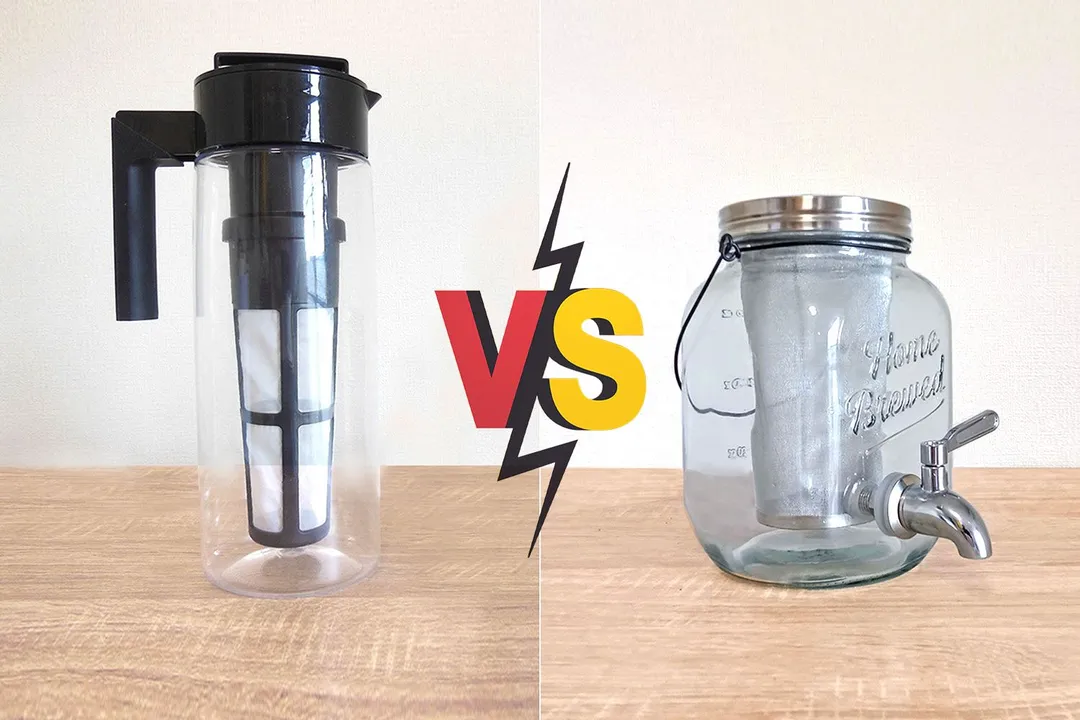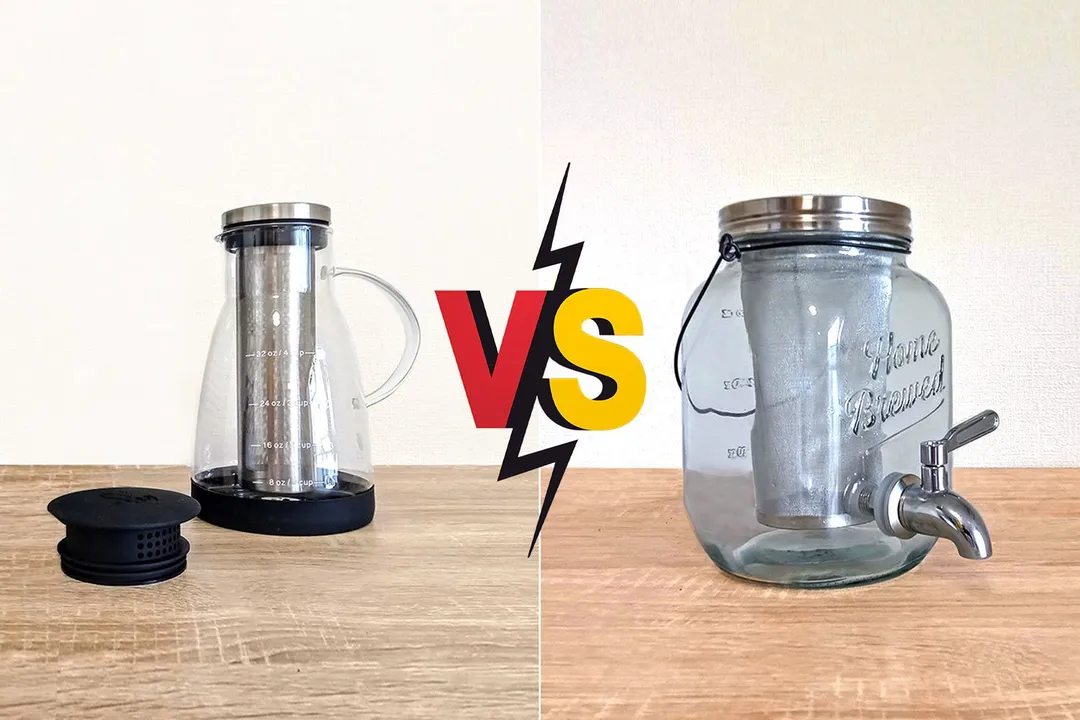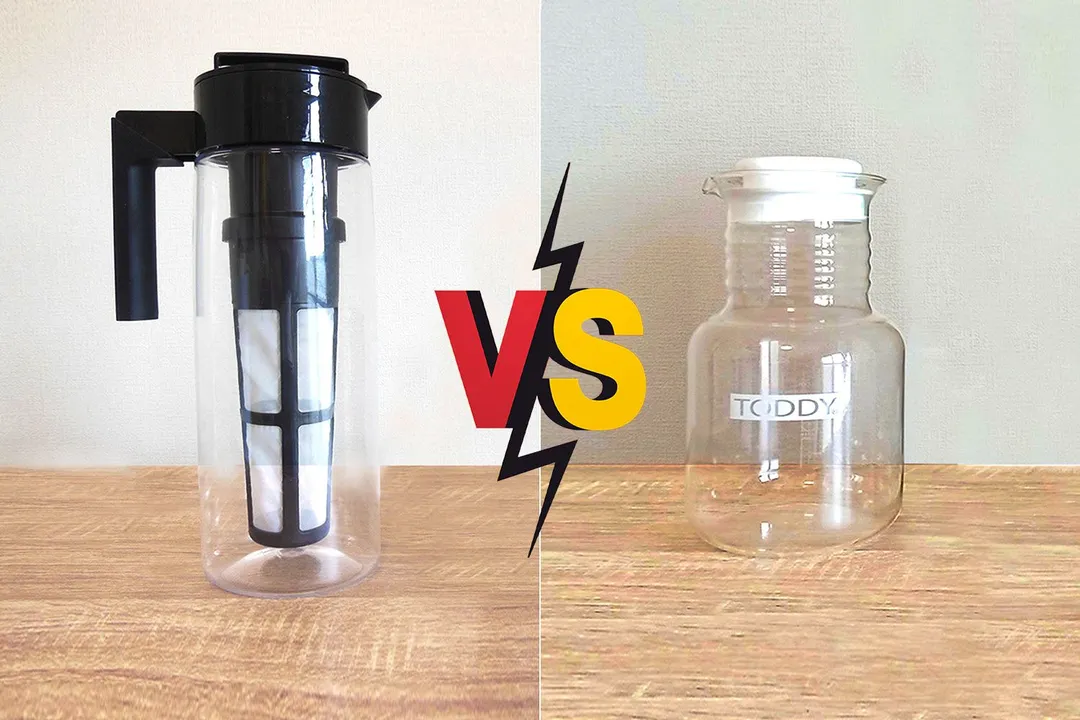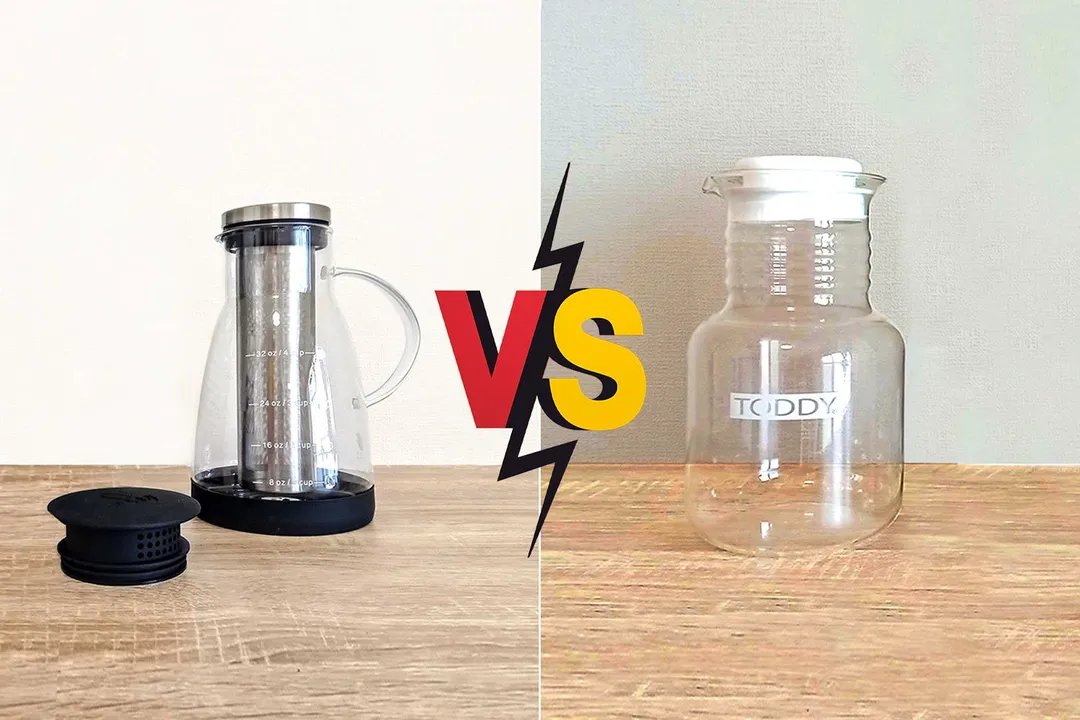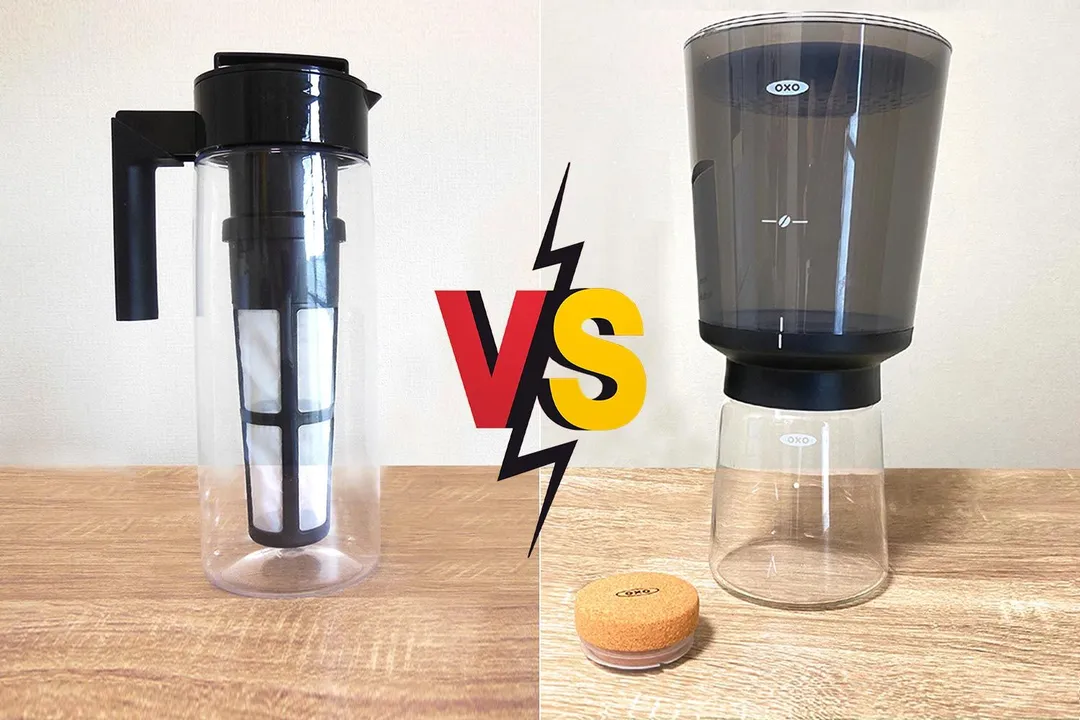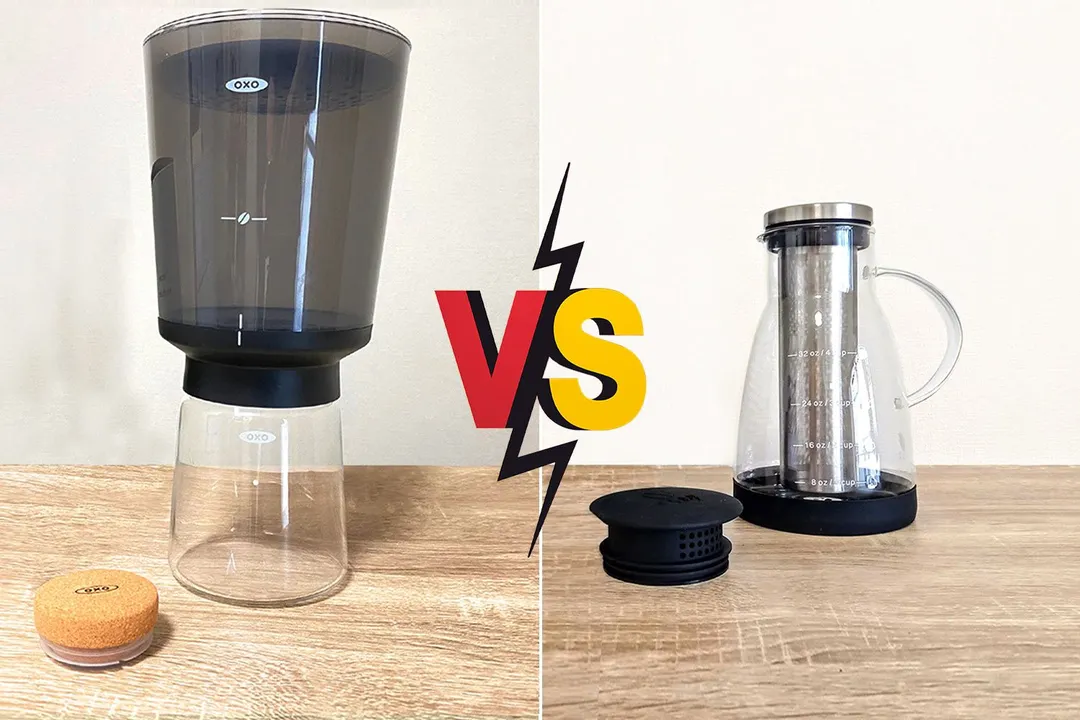Our recommendations are made independently through Research & Testing. We may receive commissions from purchases made via our links.
Takeya vs Bean Envy Side-by-Side Comparison
Takeya cold brew coffee maker vs Bean Envy. A high-quality Tritan plastic brewer made in the USA and a stylish designer glass carafe.
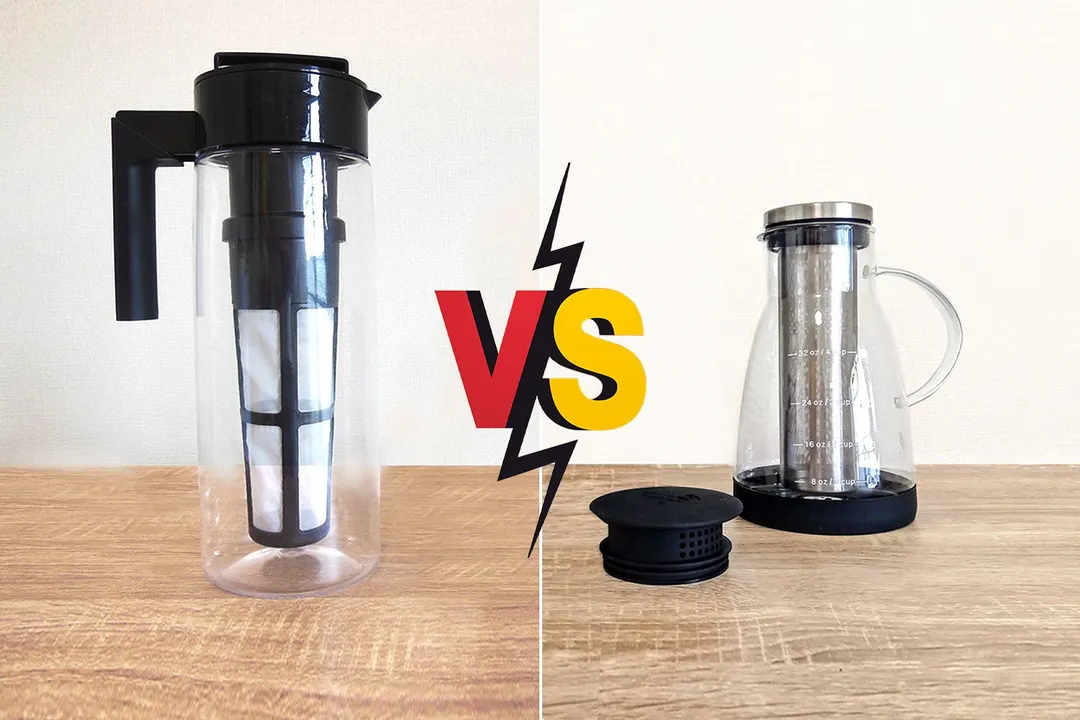
Overall Verdict
The Takeya cold brew coffee maker and the Bean Envy are two top-quality products. The Takeya is a large-sized brewer that brews either in the door or on a shelf of your refrigerator. However, despite its more favorable brew ratio of 1:9 compared to the Bean Envy (1:12), the Bean Envy produces a slightly better brew and is therefore more economical. The yield of the Bean Envy is 34 fl.oz. while that of the Takeya is 40.5 fl.oz.
Both products are quality choices for design and materials. Takeya is made locally in the USA from high-quality Tritan plastic. The lid is perfectly spill-proof and simply twists to pour. The Takeya’s main drawback is the relatively high parts count for cleaning.
Bean Envy is a glass carafe with a stainless steel filter, therefore it can also double up as a hot beverage brewer. The silicone base is one of the neatest and best designs we’ve seen. Additionally, the two-stopper concept - one for brewing and one for pouring - is quite unique, however, the pop-up silicone stopper doesn’t produce the smoothest pour.
Pros & Cons
- Air tight brew decanter
- Cold or hot (tea) brewing
- BPA-free
- Dishwasher safe
- Durable & light weight
- 1 and 2 quart sizes
- Color choice
- Two lid design
- Silicone base
- Handle design
- Measuring markers
- Inadequate packaging
- Included instructions inadequate
- Filter cleaning
- Filter bottom
- Pouring with silicone lid
Key Specs
Where to Buy
*You help support HealthyKitchen101's product testing and reviews by purchasing from our retail partners.
Analysis and Test Results
Brew Quality
Bouquet
Drinkability


Sediment


Design
In the Box

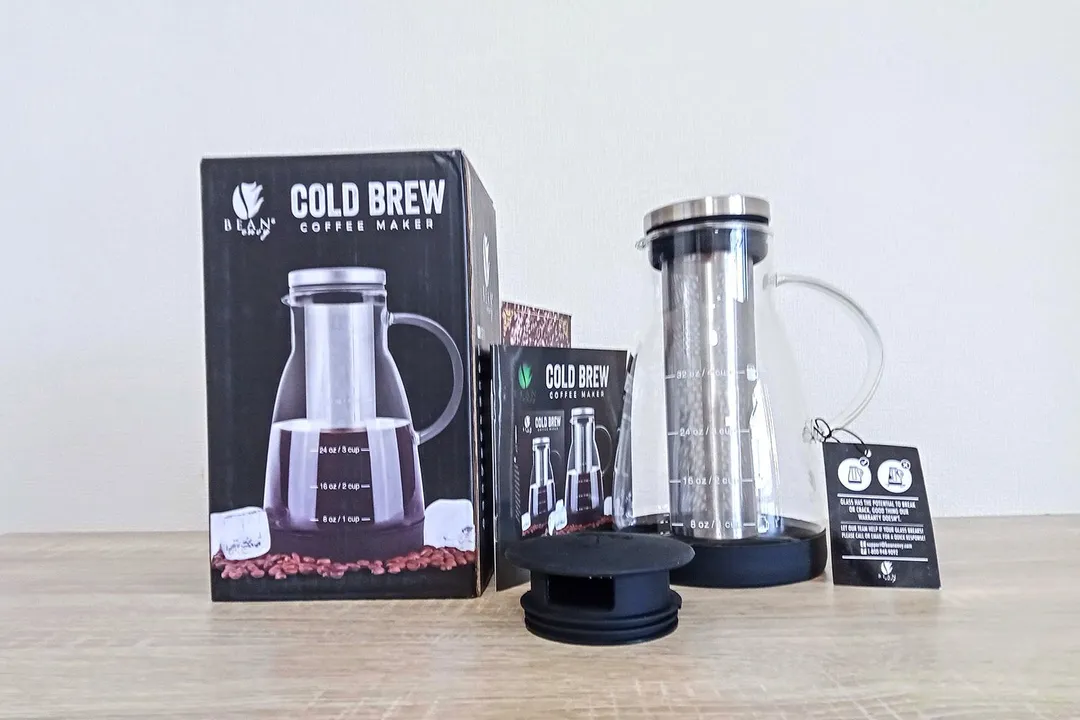
Decanter
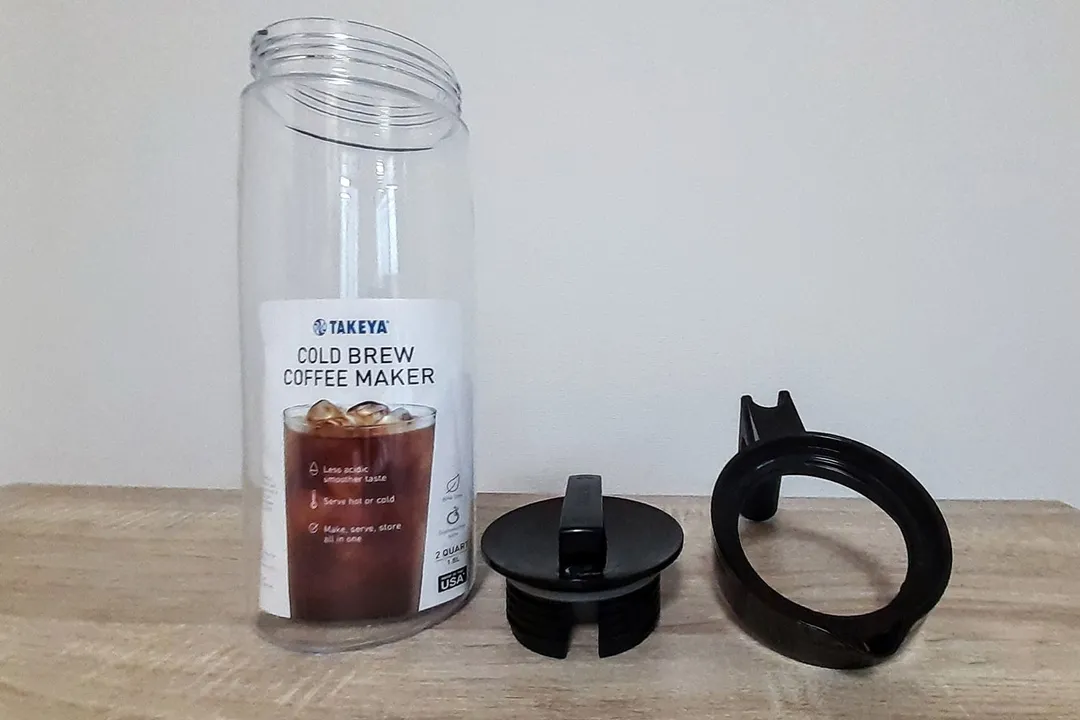
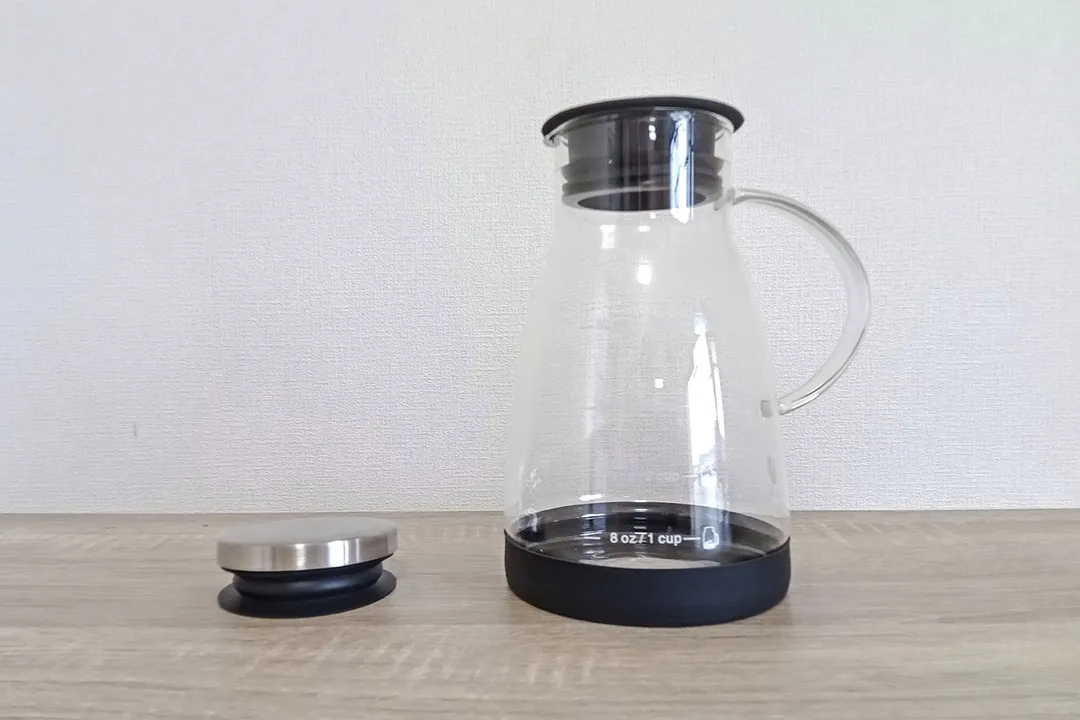
Stopper / Lid

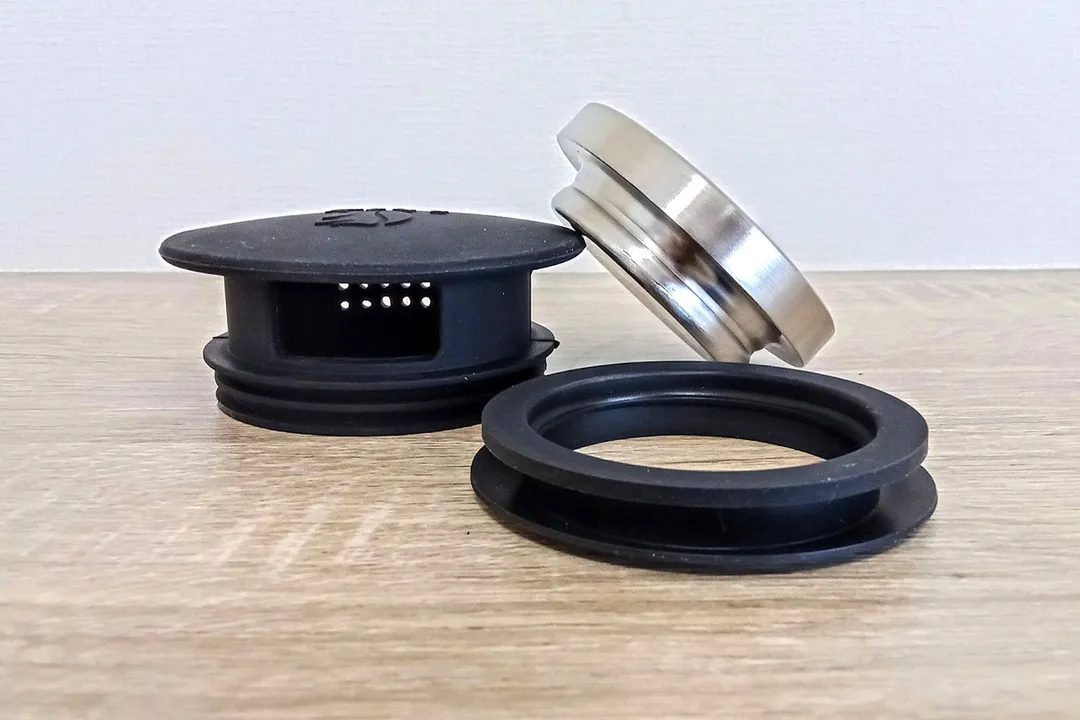
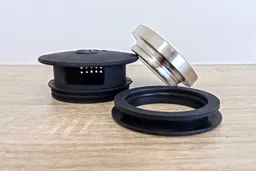
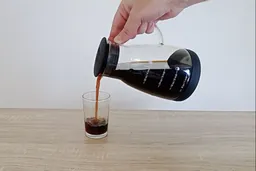
Filter


Build Quality

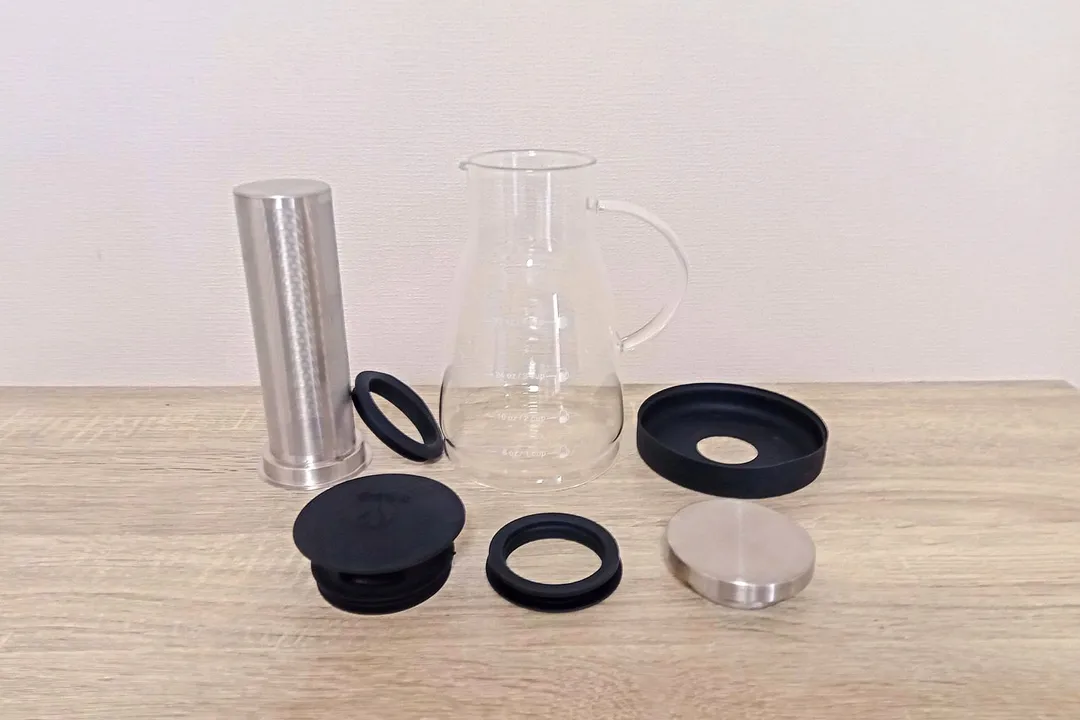
Usability
Brewing
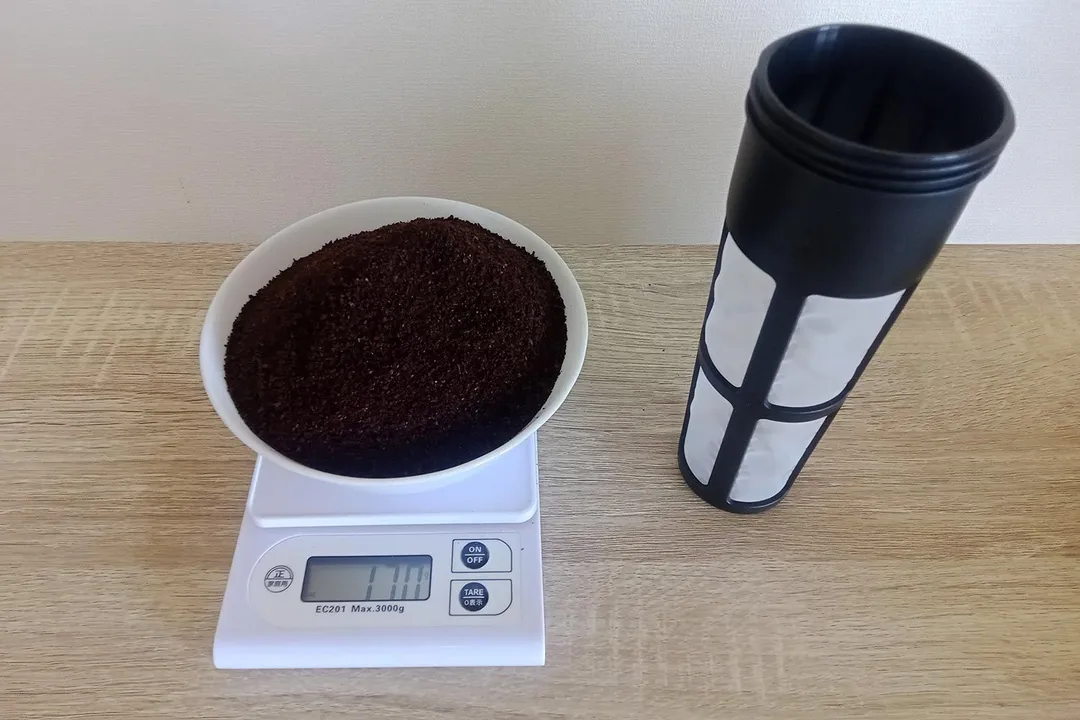
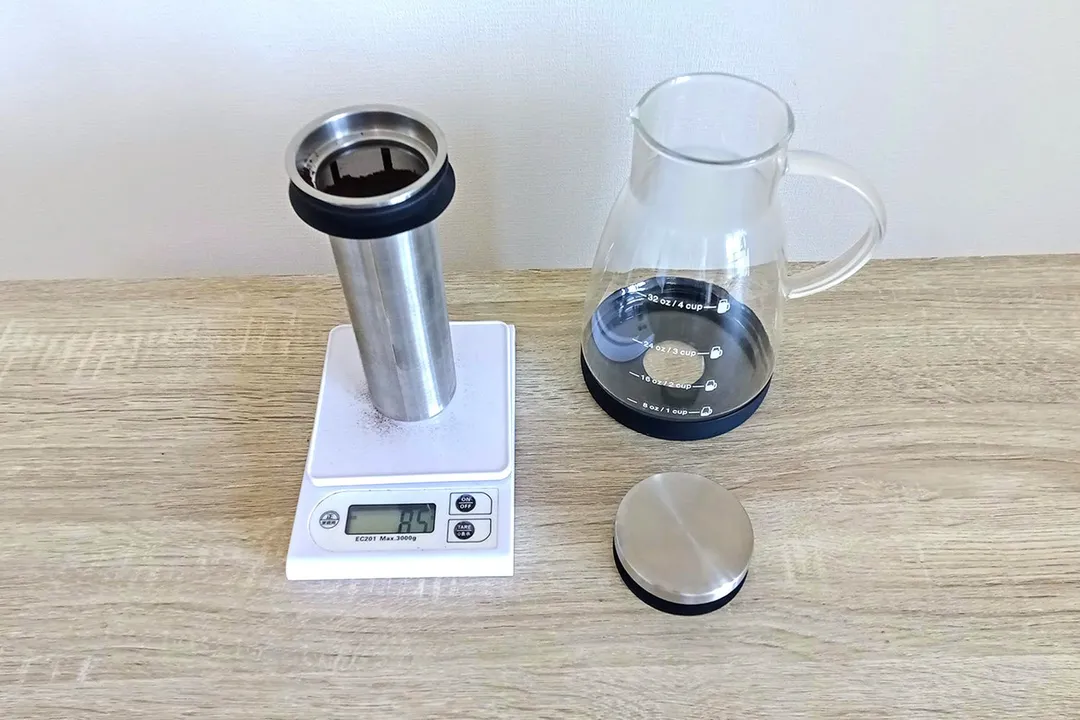
Decanting
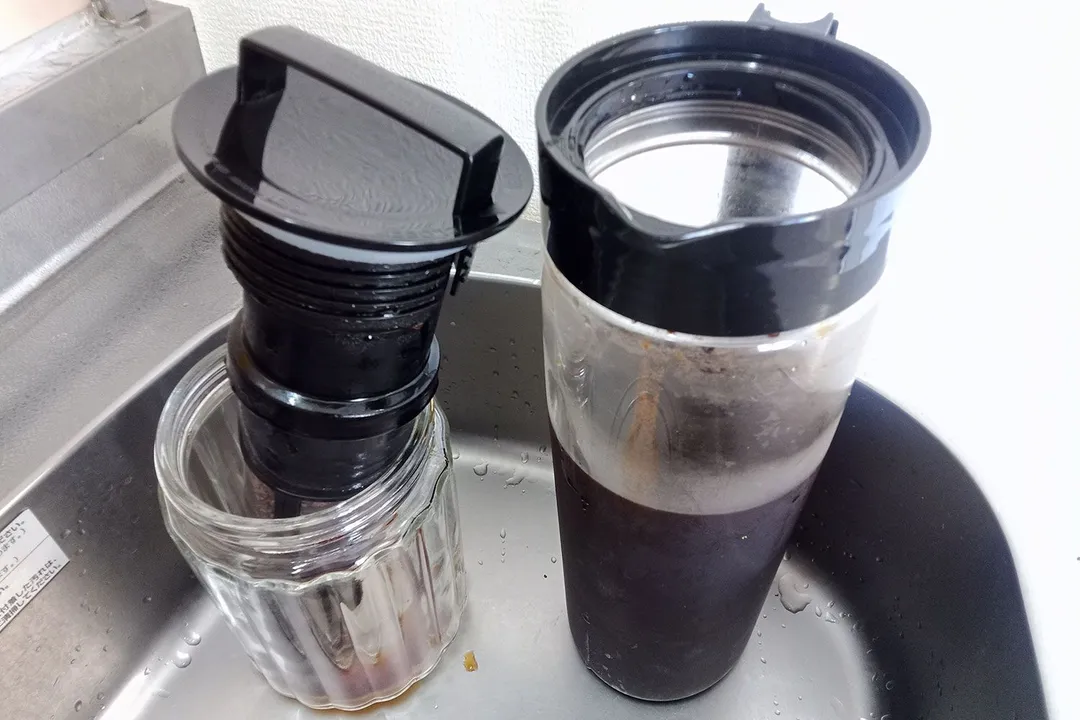
Cleaning and Storage
Behind the Comparison
Roger Shitaki is a writer, author, and editor. His niches are household appliances, health & wellness, and travel. He’s a freelance contributor to a Tokyo lifestyle website and a leading ophthalmology magazine in Asia.

